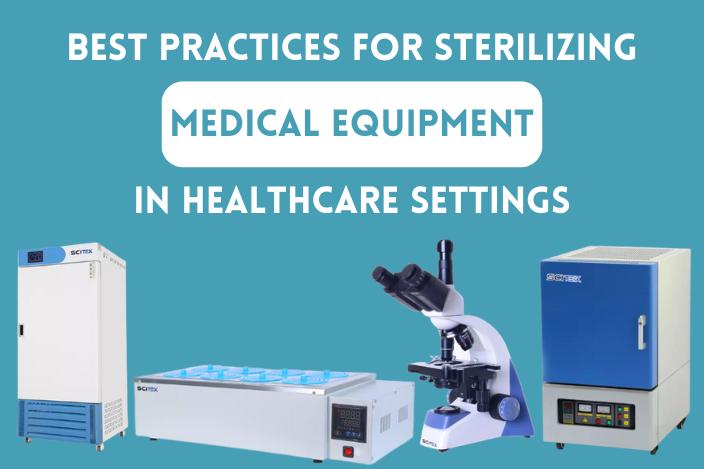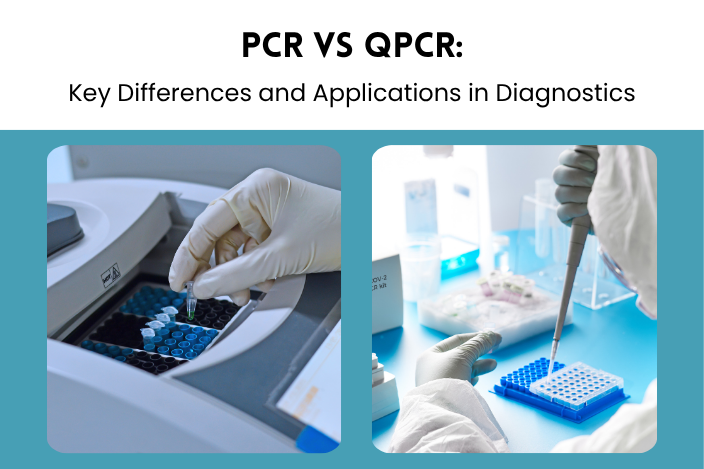
Published on 13-10-2025
PCR vs qPCR: Key Differences and Applications in Diagnostics
Introduction
In the rapidly advancing world of medical diagnostics, PCR (Polymerase Chain Reaction) and qPCR (Quantitative PCR) are two critical techniques reshaping how diseases are detected, monitored, and managed. Understanding the difference between these molecular tools is crucial for healthcare professionals, laboratory technicians, and researchers.
At Capri Medicals, we provide innovative diagnostic solutions designed to support accurate, fast, and reliable testing. In this article, we explain how PCR and qPCR differ and why both are essential in today’s healthcare landscape.
What is PCR?
PCR (Polymerase Chain Reaction) is a molecular biology technique used to amplify DNA sequences. It creates millions of copies of a specific DNA segment, allowing for easy detection of genetic material even when present in minute amounts.
Key Features:
-
Detects presence of DNA
-
Used in pathogen detection, genetic testing, and forensics
-
End-point analysis (results seen only after the final PCR cycle)
-
Affordable and widely accessible
What is qPCR?
qPCR (Quantitative PCR), also called Real-Time PCR, performs the same amplification as traditional PCR but adds one powerful feature: real-time quantification. Using fluorescent markers, qPCR measures DNA concentration at each cycle, making it more precise and data-rich.
Key Features:
-
Measures DNA in real-time
-
Provides quantitative data (how much DNA is present)
-
Higher sensitivity and specificity
-
Common in viral load testing (e.g., HIV, COVID-19), cancer diagnostics, and gene expression studies
PCR vs qPCR: Side-by-Side Comparison
| Feature | PCR | qPCR (Real-Time PCR) |
|---|---|---|
| Output | Qualitative (Yes/No) | Quantitative (How much DNA/RNA) |
| Time to Results | Longer (requires post-processing) | Faster (real-time output) |
| Detection Method | Gel electrophoresis | Fluorescent dyes/probes |
| Applications | DNA amplification, disease detection | Viral load, gene expression analysis |
| Cost | Lower | Slightly higher, but more precise |
When to Use PCR vs qPCR in Medical Diagnostics
Use PCR When:
-
A simple yes/no result is needed
-
Low-cost testing is a priority
-
Testing for bacterial infections, genetic markers, or pathogen presence
Use qPCR When:
-
Quantitative data is necessary
-
Monitoring disease progression or treatment response
-
High sensitivity and real-time results are required (e.g., COVID-19, cancer)
If you're considering upgrading your diagnostic capabilities, Capri Medicals offers expert advice and cutting-edge molecular diagnostic tools tailored to your facility’s needs. Contact us to learn more.
Common Questions About PCR and qPCR
1. Can qPCR be used for all PCR applications?
A: Not always. While qPCR provides more information, it requires specialized equipment and reagents.
2. Are PCR and qPCR results equally reliable?
A: Both are reliable when used correctly. qPCR offers more data, but PCR is ideal for basic diagnostics.
3. Is qPCR only for research?
A: No. qPCR is widely used in clinical labs for diagnostics, especially during the COVID-19 pandemic.
Conclusion
Both PCR and qPCR are indispensable tools in modern diagnostics. PCR is ideal for quick, cost-effective detection, while qPCR offers deeper insights through real-time data.
At Capri Medicals, we empower healthcare providers with advanced diagnostic solutions that improve patient outcomes and enhance lab performance. Whether you're starting with PCR or scaling up with qPCR, we’re here to help every step of the way.
Reach out today to explore how our technology can support your diagnostic goals.

.png)
.png)
.png)
.png)
.png)
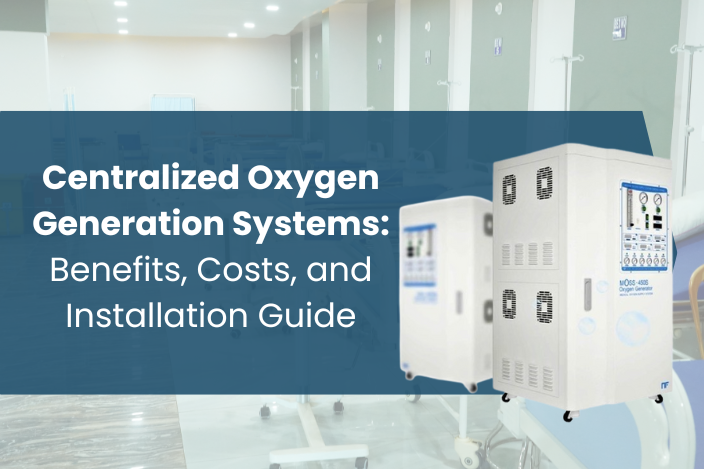
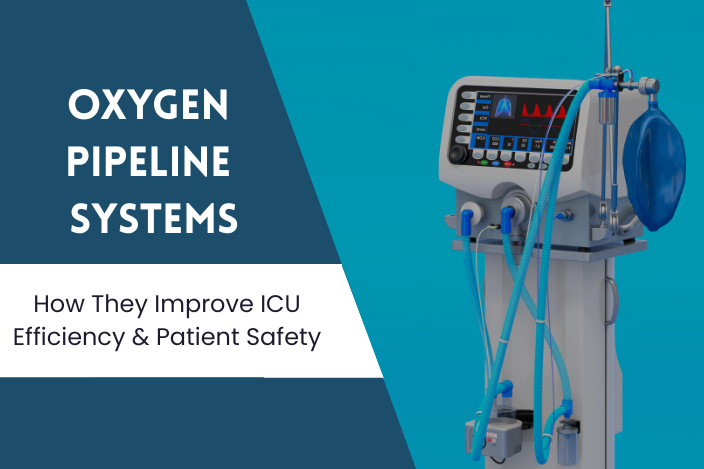
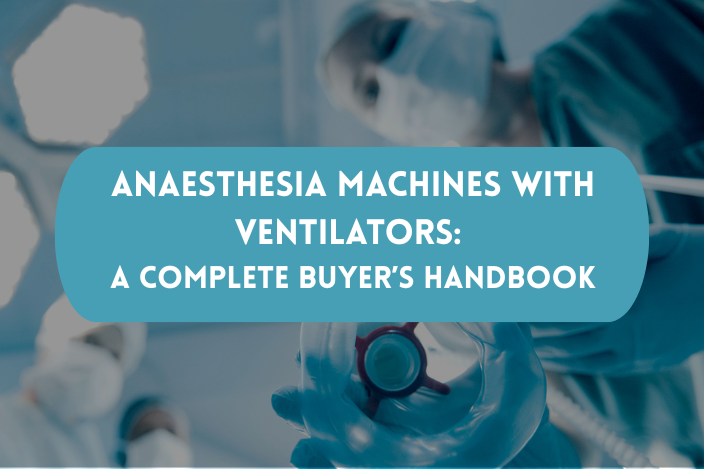
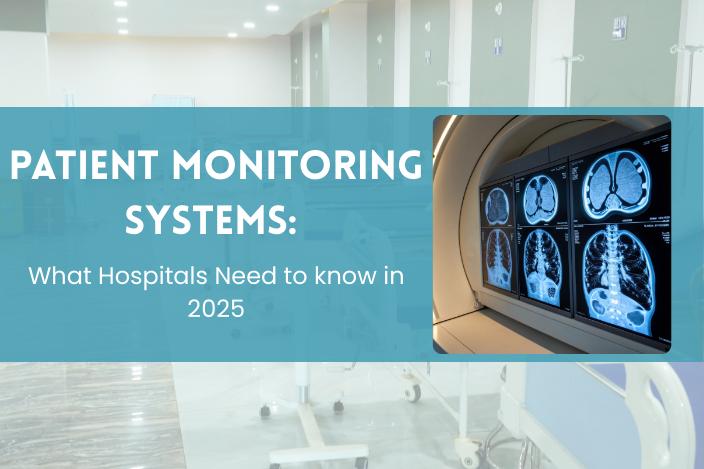
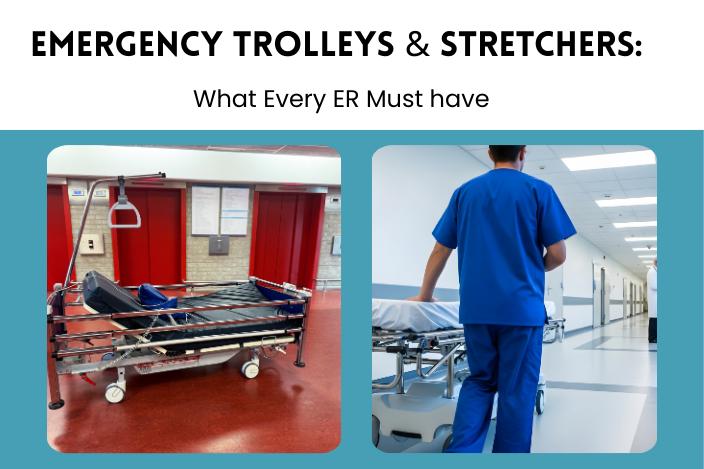
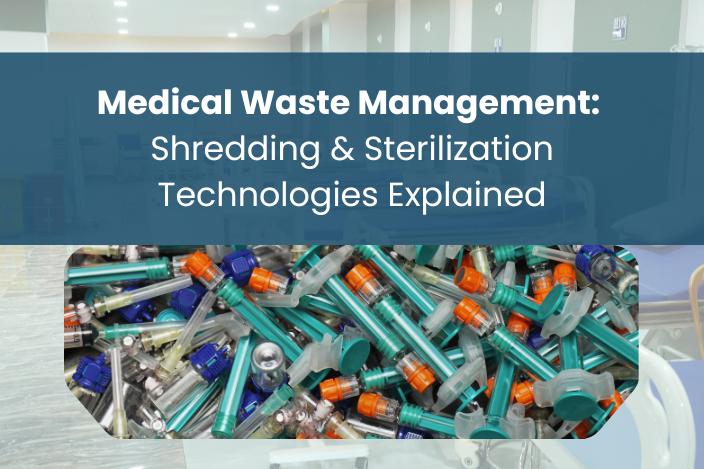
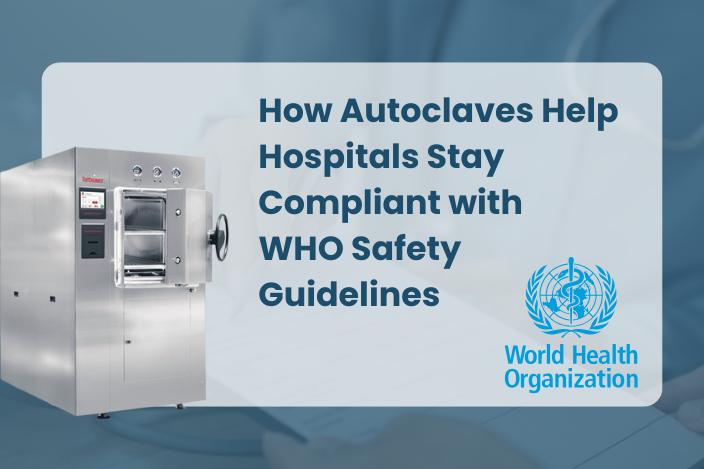
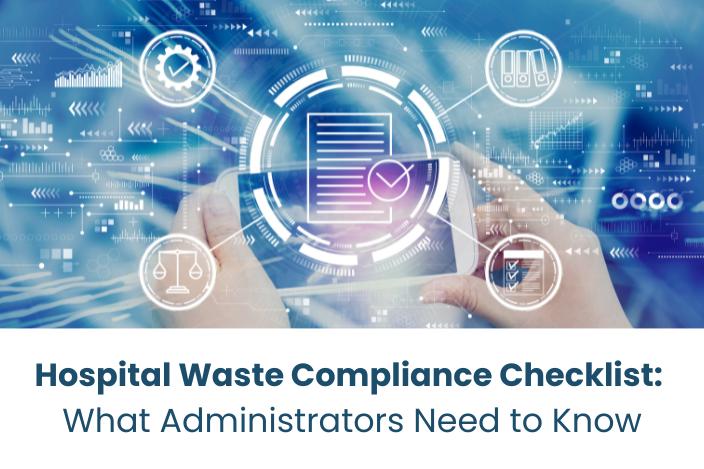
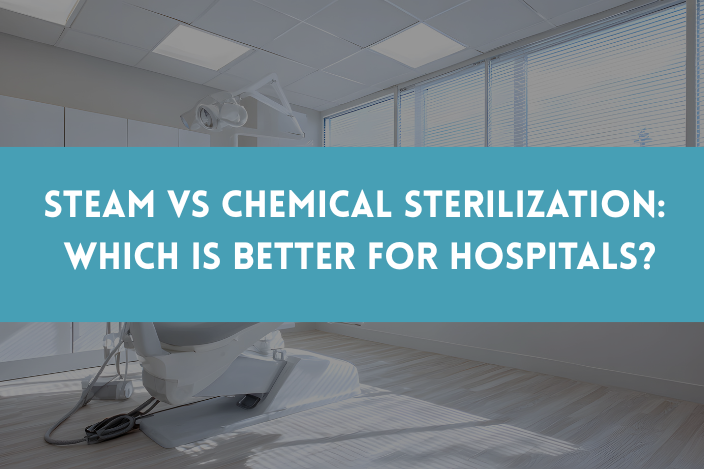

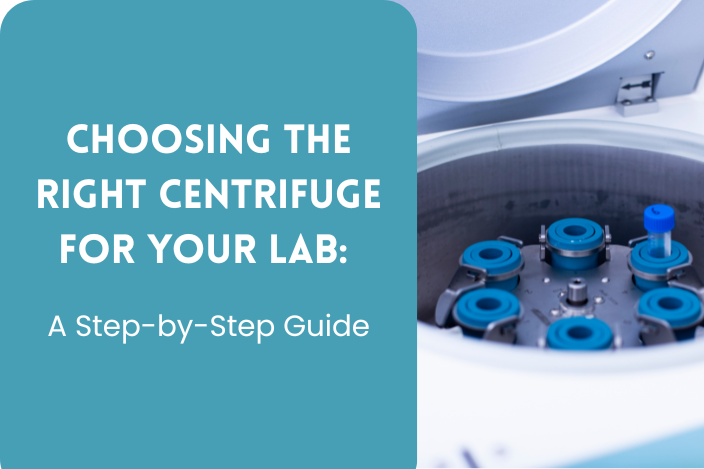
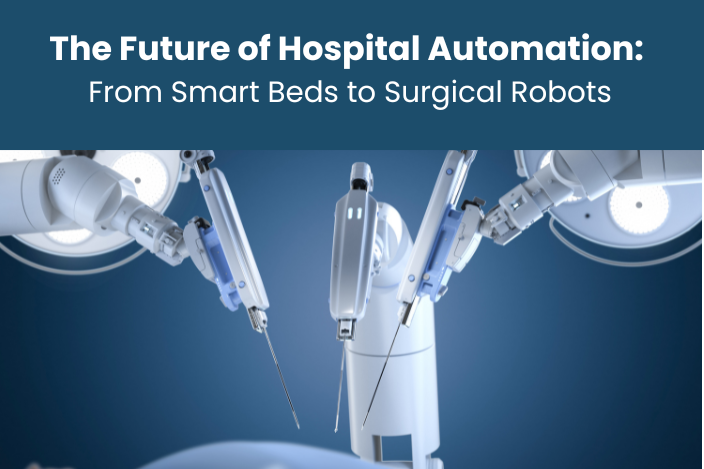
.png)
